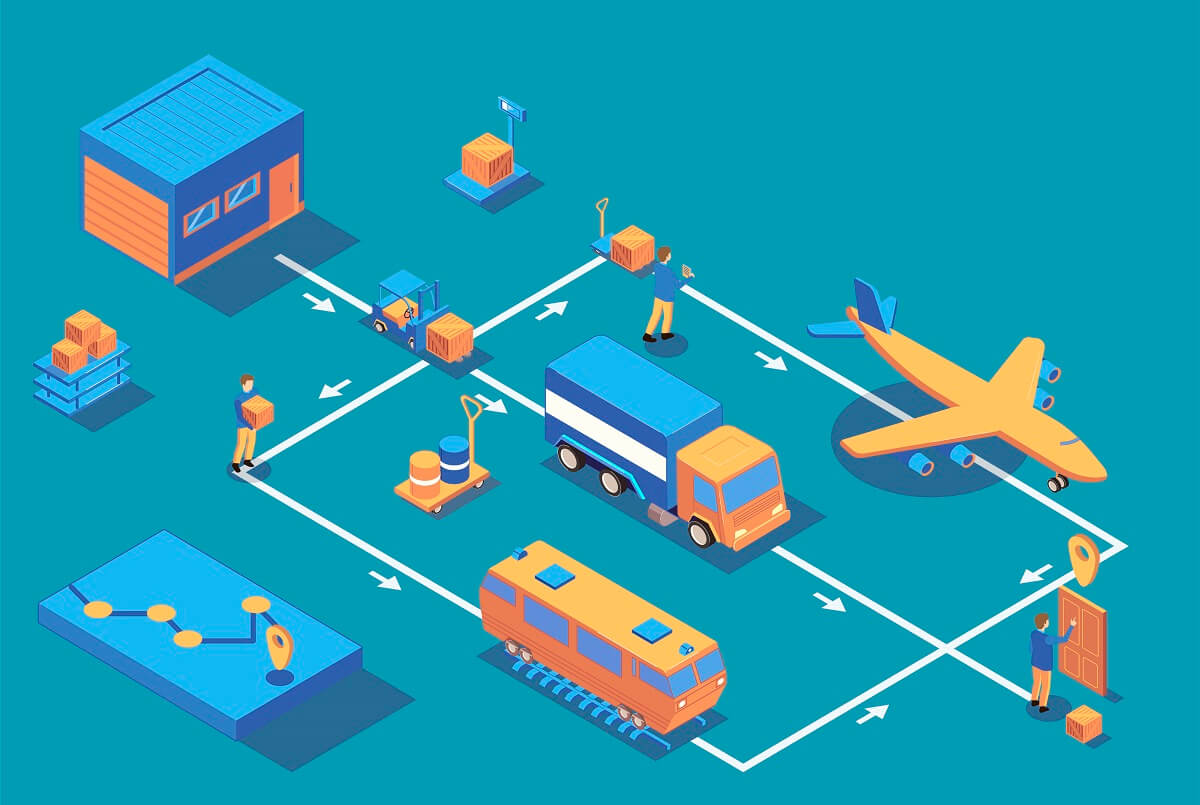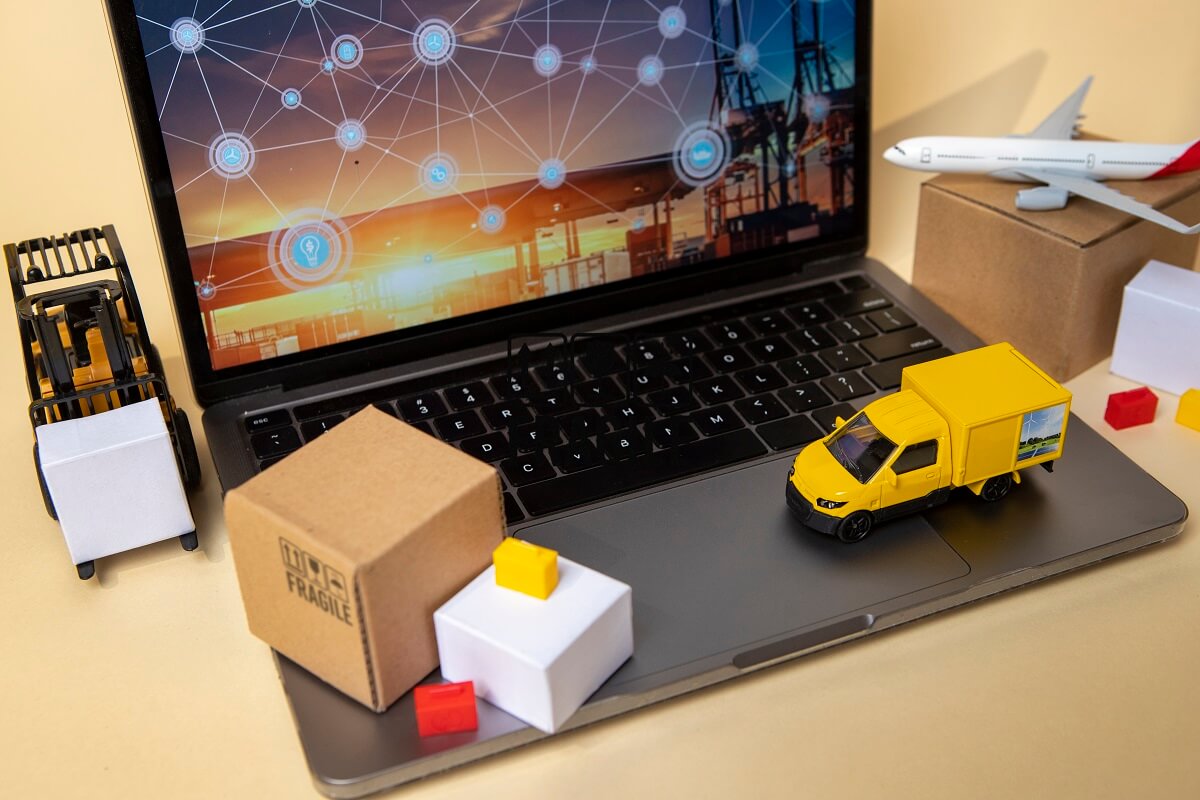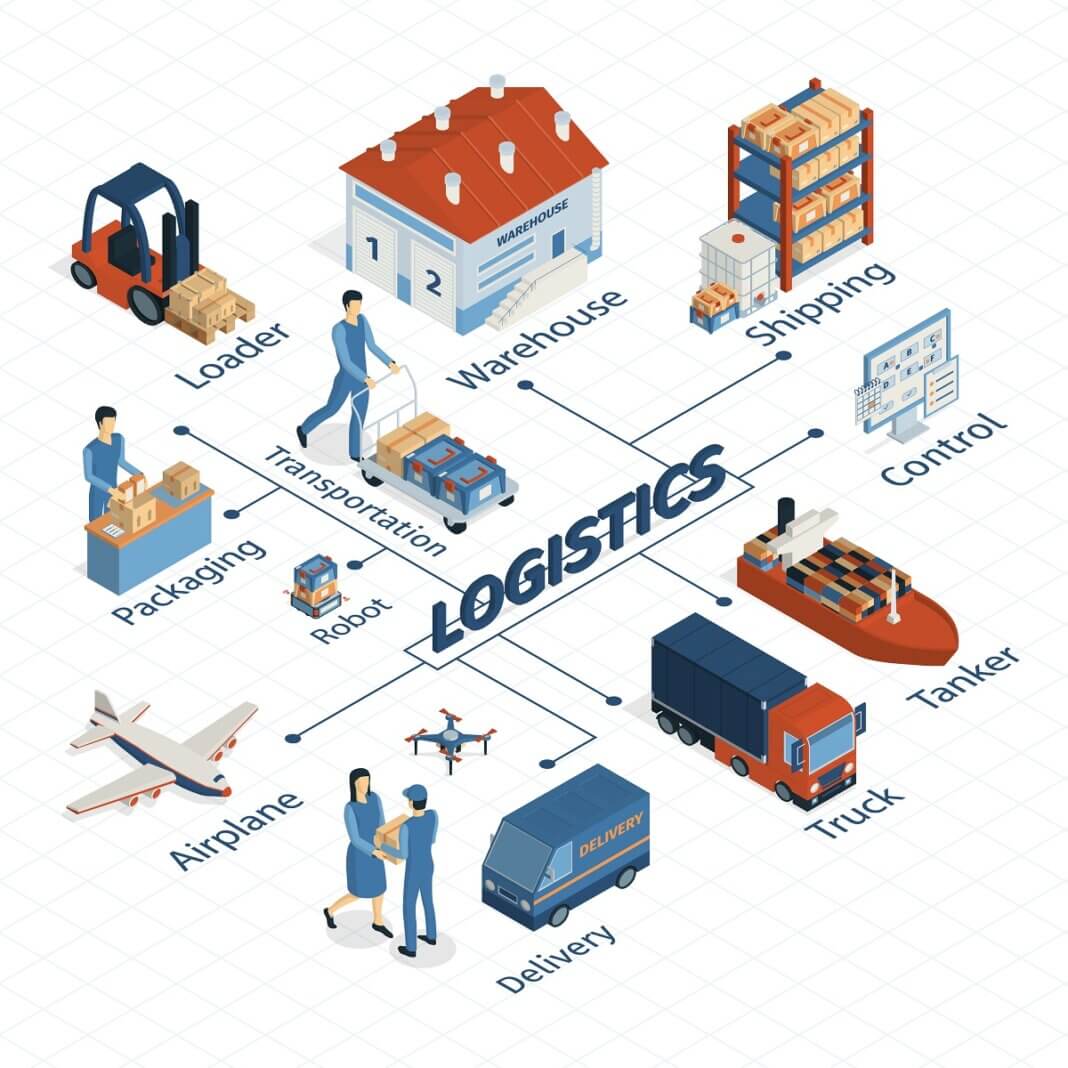In today’s fast-paced and digital world, logistics services play a pivotal role in ensuring the smooth movement of goods from manufacturers to end consumers. While the logistics industry has evolved significantly over the years, one of the most persistent challenges faced by providers is the efficient execution of last-mile delivery. The last mile refers to the final leg of the delivery process, from the distribution center to the customer’s doorstep. This crucial stage presents unique obstacles that require innovative solutions for enhanced customer satisfaction. In this blog, we will explore the concept of logistics services and delve into the intricacies of the last-mile delivery challenge.
What Are Logistics Services?
Logistics services encompass a range of activities involved in the management and transportation of goods. It includes processes such as inventory management, warehousing, order processing, transportation, and ultimately, the delivery of products to end consumers. Effective logistics services are essential for businesses to meet customer expectations, maintain competitiveness, and streamline supply chain operations.

The Significance of the Last Mile Delivery
The last mile delivery is a critical aspect of logistics services as it directly impacts customer satisfaction and influences their perception of a brand. In the era of e-commerce and online shopping, consumers expect faster, more flexible, and transparent delivery options. However, the last mile presents unique challenges due to its inherent complexities and variables, including traffic congestion, narrow delivery windows, remote locations, and diverse customer preferences.
What Are The Last Mile Delivery Challenges?
Cost Optimization: The last-mile delivery accounts for a significant portion of logistics costs. Factors such as fuel expenses, labor costs, and inefficient routing contribute to the overall expenditure. Balancing cost efficiency while maintaining service quality is a major challenge for logistics providers.
Traffic Congestion and Urbanization
Urban areas are characterized by heavy traffic congestion, which leads to delayed deliveries, increased fuel consumption, and additional costs. Moreover, the rise of online shopping has resulted in a surge in delivery vehicles, exacerbating traffic issues in cities.
Delivery Window and Flexibility
Customers increasingly demand flexible delivery options, including specific time slots, evening or weekend deliveries, and real-time tracking. Meeting these expectations while optimizing delivery routes and schedules is a delicate balancing act.
Address Inaccuracy and Accessibility
Incorrect or incomplete addresses, gated communities, and buildings with limited access pose difficulties for delivery personnel, resulting in failed or delayed deliveries. This requires effective communication channels and advanced technology to ensure accurate and efficient address verification.
Parcel Theft and Security
Porch piracy and package theft are growing concerns, particularly in residential areas. Ensuring the security of deliveries is crucial to maintain customer trust and prevent losses.
What Are The Solutions and Innovations?
Route Optimization: Advanced route planning software utilizing algorithms and real-time data can optimize delivery routes, reduce mileage, and enhance efficiency, resulting in cost savings and faster deliveries.

Collaboration and Crowdshipping
Partnerships between logistics providers, retailers, and local businesses can facilitate a shared delivery network, reducing costs and enabling faster deliveries. Crowdshipping platforms that connect individuals for last-mile delivery also offer a flexible and cost-effective solution.
Technology Integration
Leveraging technology such as GPS tracking, mobile apps, and real-time notifications enhances transparency, allowing customers to track their deliveries and receive updates. Additionally, tools like geofencing can provide precise delivery time estimates and ensure secure drop-offs.
Locker Systems and Alternate Delivery Points
Automated locker systems located in convenient locations, such as retail stores or public spaces, provide customers with the flexibility to pick up their parcels at their convenience. This reduces failed deliveries and enhances customer satisfaction.
Drones and Autonomous Vehicles
The utilization of drones and autonomous vehicles for last-mile delivery has gained traction. These technologies offer the potential for faster deliveries and reduced costs, particularly in rural and remote areas with limited infrastructure. However, regulatory and safety concerns remain a challenge for widespread adoption.
Conclusion
Logistics services play a vital role in ensuring the efficient movement of goods from manufacturers to consumers. The last-mile delivery stage presents unique challenges that require innovative solutions to enhance customer satisfaction. Effective route optimization, collaboration, technology integration, locker systems, and the utilization of drones and autonomous vehicles are among the solutions that logistics providers can employ to navigate the last-mile delivery challenge. As e-commerce and online shopping continue to grow, the logistics industry must adapt and evolve to meet the changing expectations of customers. By prioritizing cost efficiency, service quality, and innovation, logistics providers can enhance customer satisfaction and remain competitive in the evolving landscape of modern commerce. If you are looking for customized logistics services; contact Ethics Groups now to get a free quote.








